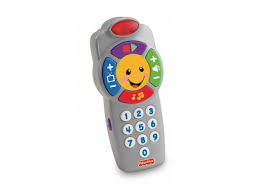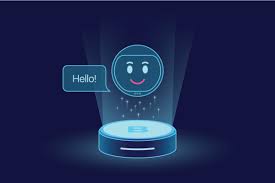Nuance Audio is a new option for people who resist traditional aids, from the company that makes Ray-Bans and operates LensCrafters.
Seekers of Meaning Podcast Posted Online March 7, 2025
What's Next Longevity Deal Talk Episode 32, January, 2025
Presentation: What's Next Longevity Venture Summit, June, 2025

 In recent years, TV Remote control devices became more usable – except for Apple’s. Rant on. Starting with the older one (“
In recent years, TV Remote control devices became more usable – except for Apple’s. Rant on. Starting with the older one (“ Design still needs to include older adults.
Design still needs to include older adults.  Voice assistants made device hardware actually seem smart.
Voice assistants made device hardware actually seem smart.  Tech complexity for new users is getting worse. And it’s pretty obvious to anyone who is paying attention to Apple
Tech complexity for new users is getting worse. And it’s pretty obvious to anyone who is paying attention to Apple